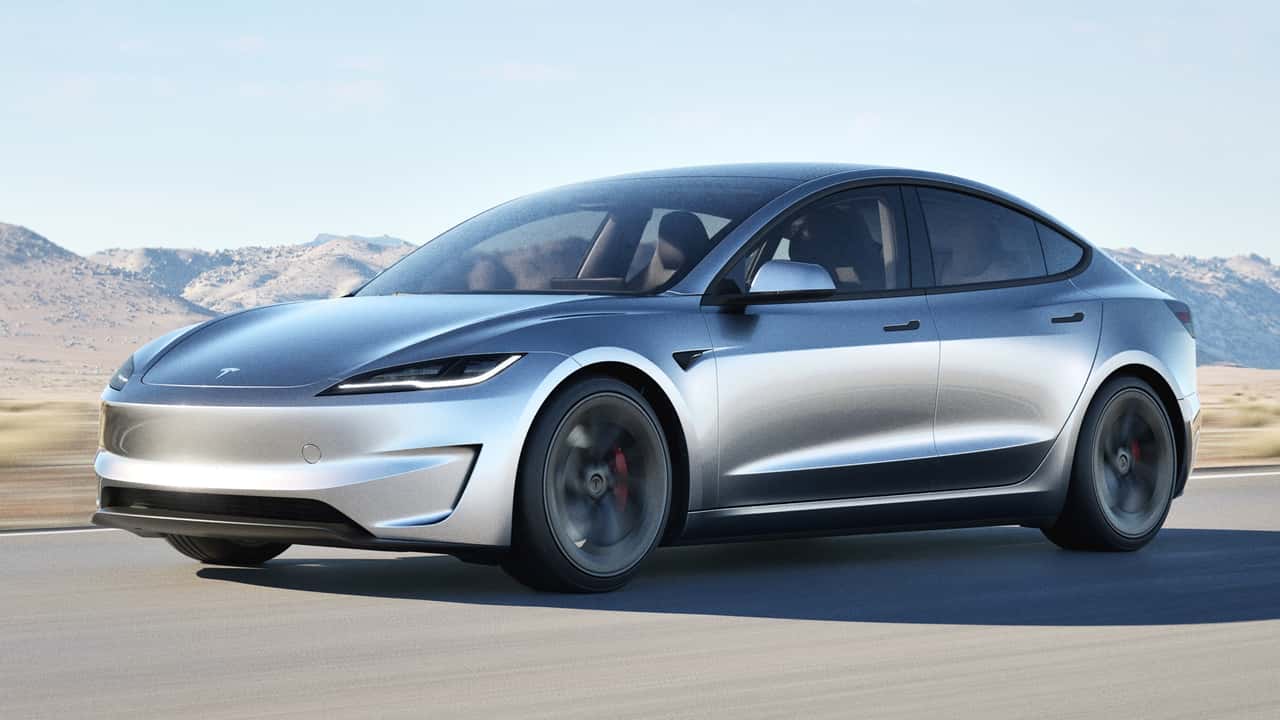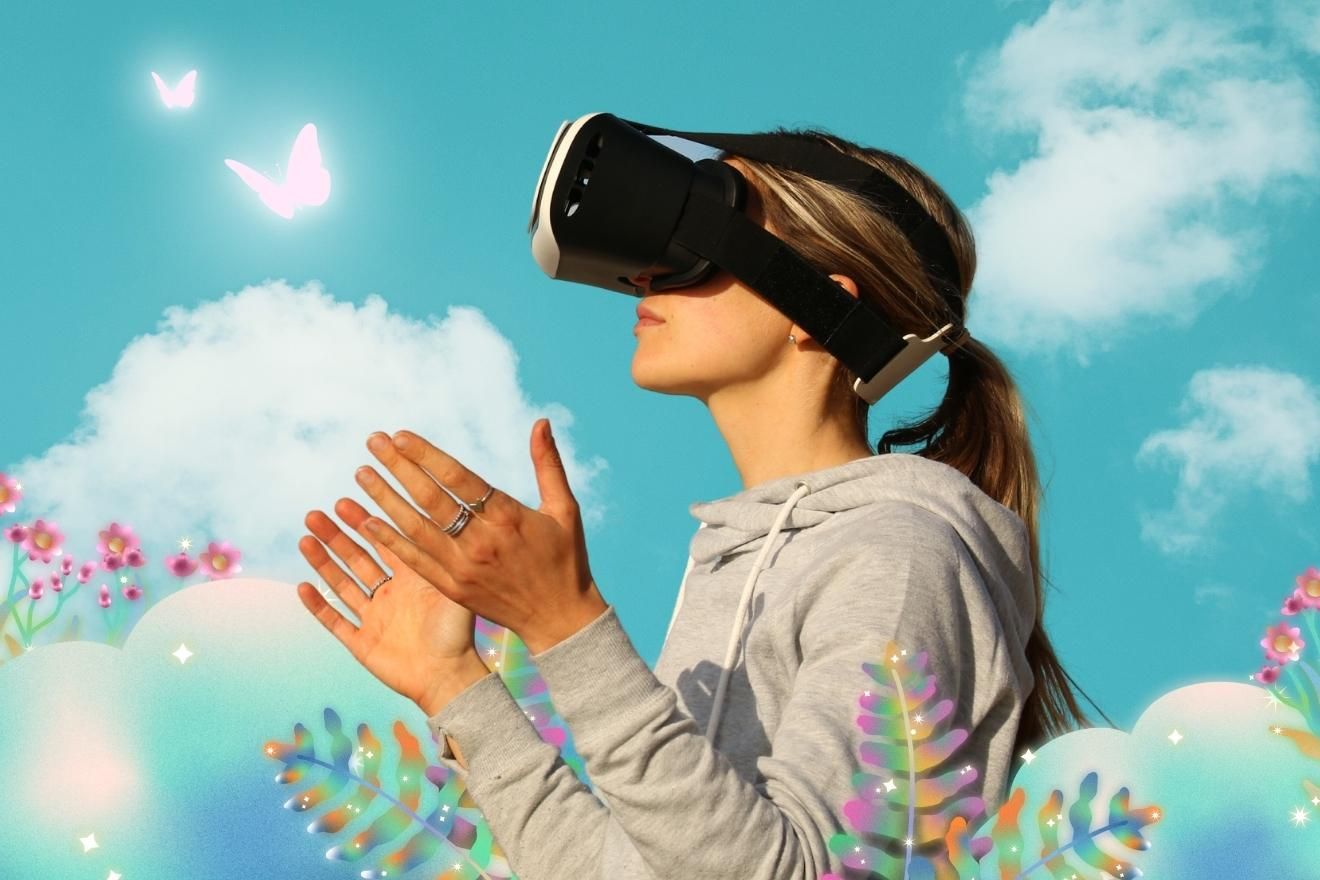The global economy is continuously being reshaped by digitization, which blurs industry boundaries and redefines operational frameworks. By 2025, numerous sectors have advanced the boundaries of digital transformation, leveraging new technologies to streamline operations, improve customer experiences, and develop novel business models. Examining the leading sectors in digitization highlights crucial motivators, practical applications, and the profound effects on companies and communities.
Financial Services: Leading the Way in Digital Integration
The financial sector remains an undisputed leader in digital innovation. By 2025, traditional banking, insurance, asset management, and fintech firms are leveraging advanced technologies at unprecedented scales. Artificial intelligence automates complex risk assessments, fraud detection, and customer service. Blockchain is widely adopted for transparent, secure transactions and smart contracts.
Consider JP Morgan Chase’s AI-powered trading desks or Revolut’s personalized money management app, both exemplifying operational agility and tailored user experience. Insurtech startups such as Lemonade employ machine learning for instant claims processing, while robo-advisors democratize wealth management. Regulatory technologies (regtech) further streamline compliance through real-time monitoring and reporting.
Financial institutions have implemented biometric verification and digital client registration, streamlining processes and boosting protection. Digital currencies and Central Bank Digital Currencies (CBDCs) are moving from experimental phases to widespread national deployment, highlighting the financial industry’s role as a leader in digital innovation.
Healthcare: Digitization Driven by Necessity and Innovation
The healthcare sector witnessed transformative digitization, accelerated by global health crises and ongoing technological evolution. Telemedicine, which surged during the COVID-19 pandemic, has become a standard care delivery channel, integrating AI-driven diagnostics and remote patient monitoring.
The widespread adoption of electronic health records (EHRs), along with interoperability protocols and protected cloud storage, improves cooperative healthcare delivery among various organizations. Continuous health monitoring is facilitated by wearable gadgets—such as Apple Watch and Fitbit—offering immediate data for proactive measures and tailored therapies.
Pharmaceutical companies increasingly employ digital twins for drug development, reducing time to market and improving trial accuracy. Robotics and computer-assisted surgery boost precision, while virtual reality (VR) trains medical professionals via immersive simulations. Diagnostic imaging powered by machine learning detects diseases earlier and more accurately, reshaping patient outcomes.
Retail and E-commerce: A Digital-First Strategy
Retail, both physical and online, has become a testbed for digital innovation. Omni-channel strategies blend e-commerce platforms with brick-and-mortar stores, offering seamless inventory and personalized shopping experiences. AI-driven recommendation engines, chatbots, and dynamic pricing models optimize conversion rates.
Frictionless payment systems, such as mobile wallets and buy-now-pay-later (BNPL) solutions, remove barriers at checkout. Augmented reality (AR) enables customers to visualize products in their own environment before purchase—IKEA’s Place app and Sephora’s Virtual Artist are seminal examples of this.
Supply chain management leverages Internet of Things (IoT) sensors and blockchain for real-time tracking of goods, increasing transparency and reducing losses. Voice commerce (via smart speakers) and social commerce (shopping directly on social platforms like Instagram) further illustrate the digital permeation of retail operations.
Manufacturing and Industry 4.0: The Smart Factory Revolution
Manufacturing stands transformed by Industry 4.0 principles. Smart factories integrate IoT sensors, robotics, edge computing, and AI-driven analytics to monitor production lines, predict equipment failures, and optimize resource allocation.
The Siemens Amberg Electronics Plant serves as a prime illustration of this development, with more than 75% of its entire production operations being automated and digitally supervised. Digital twins are utilized to simulate and test equipment within virtual settings, thereby boosting efficiency and reducing periods of inactivity.
Additive manufacturing (3D printing) supports rapid prototyping and localized production, shrinking supply chains and reducing costs. Augmented reality assists technicians with real-time visual guidance during maintenance or assembly. These digital strategies enable manufacturing firms to switch production seamlessly, adapting to changing demands and market shocks.
Education: Digital Learning Ecosystems and Adaptive Technologies
The digital transformation within the educational field is characterized by its accessibility, tailored experiences, and interactive elements. Online learning platforms, including Coursera and Khan Academy, offer widespread availability to high-quality instruction, thereby overcoming geographical and socioeconomic obstacles.
Educational organizations are implementing learning management systems (LMS) capable of facilitating both asynchronous and synchronous educational experiences. AI technology customizes educational paths, identifies deficiencies in understanding, and provides specific learning materials. Virtual reality technology provides students with immersive, hands-on learning opportunities, allowing them to explore subjects like science, history, or vocational abilities.
Proctoring software utilizes facial recognition and behavioral analytics to ensure the integrity of remote examinations. Open educational resources and micro-credentialing foster lifelong learning and adaptability for modern workforces, further consolidating education’s digital trajectory.
Energy and Utilities: Data-Driven and Decentralized
Energy and utilities sectors have accelerated digitization to enable sustainable operations and resilient infrastructures. Smart grids analyze real-time consumption data, balance supply and demand, and facilitate seamless integration of renewable sources.
IoT-powered meters and algorithms for predictive maintenance prolong the operational life of assets and decrease periods of inactivity. Distributed energy systems, including platforms for peer-to-peer energy exchange, enable prosumers and improve the efficiency of the power grid. The use of digital twins in the oil and gas sector improves predictions and asset oversight, and automated drones are used to inspect pipelines and power lines, thereby lowering labor expenses and risks to personnel.
Electric vehicle charging networks employ digital platforms for payment integration, station availability, and route planning, underscoring the sector’s embrace of digital solutions.
Government and Public Services: Digital Governance Becomes Standard Practice
By 2025, the digitization of the public sector had achieved unprecedented levels. Governments are deploying e-service platforms for various functions such as taxation, licensing, voting, and welfare initiatives, thereby streamlining administrative processes and boosting transparency. Estonia’s extensive e-Residency scheme enables entrepreneurs worldwide to utilize digital government services, setting a precedent for other countries.
AI-driven conversational agents manage public inquiries, and blockchain technology safeguards electoral processes and agreements. Open data programs encourage advancements in civic technology and clearer policy-making. Emergency response systems gather live information to guide swift action plans, encompassing pandemic control and post-disaster rebuilding efforts.
Transportation and Mobility: The Era of Smart and Connected Mobility
The transportation sector is undergoing a significant digital transformation, incorporating connected vehicles, real-time logistics, and integrated mobility-as-a-service (MaaS) solutions. Self-driving cars, backed by firms such as Waymo and Tesla, depend on sophisticated AI frameworks for their navigation, safety protocols, and efficient fleet management.
Intelligent traffic control systems forecast bottlenecks and modify signals in real-time. Car-sharing applications, bicycle hire, and small-scale mobility options are unified via integrated digital payment and navigation frameworks. Blockchain technology safeguards supply chains, and predictive analysis enhances fleet upkeep and lowers carbon emissions, showcasing the widespread digitalization within the industry.
The Digital Maturity Outlook for 2025
Upon examining the most digitized industries by 2025, several key trends become apparent: the widespread integration of artificial intelligence and machine learning, the omnipresence of interconnected devices, the application of real-time data, and an emphasis on digital experiences centered around the customer. Leading sectors such as finance, healthcare, retail, manufacturing, education, energy, government, and transportation are not only fostering innovation within their own fields but also establishing standards for inter-industry cooperation and societal advancement.
Digital maturity is not merely about adopting individual technologies, but rather about comprehensive strategies that promote resilience, adaptability, and inclusion. As the digital environment progresses, these areas consistently influence and redefine economic and social opportunities worldwide.





